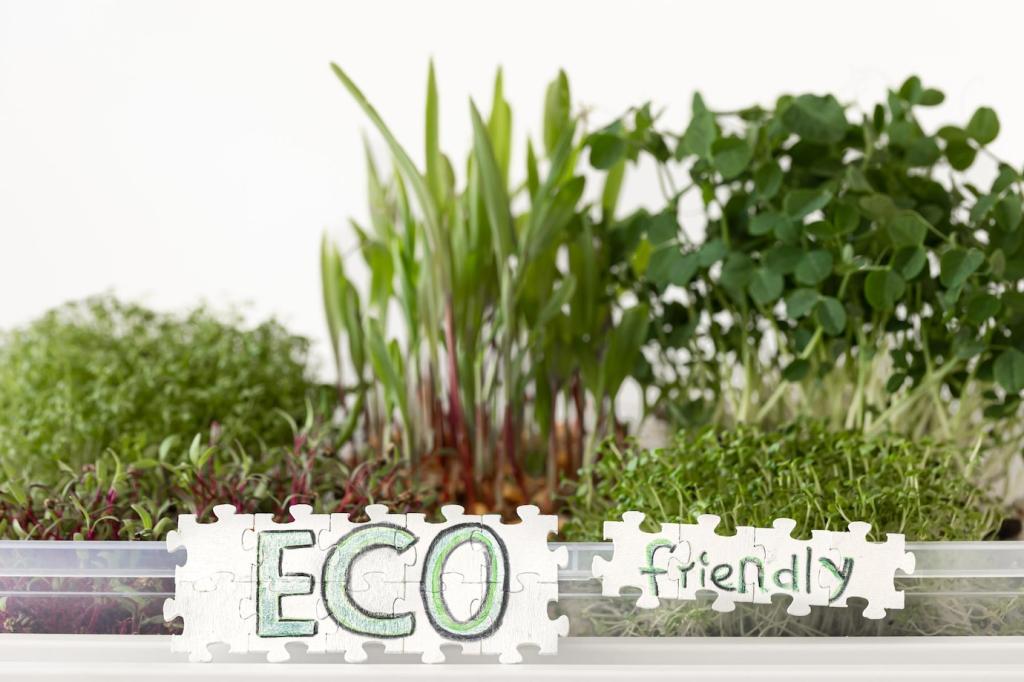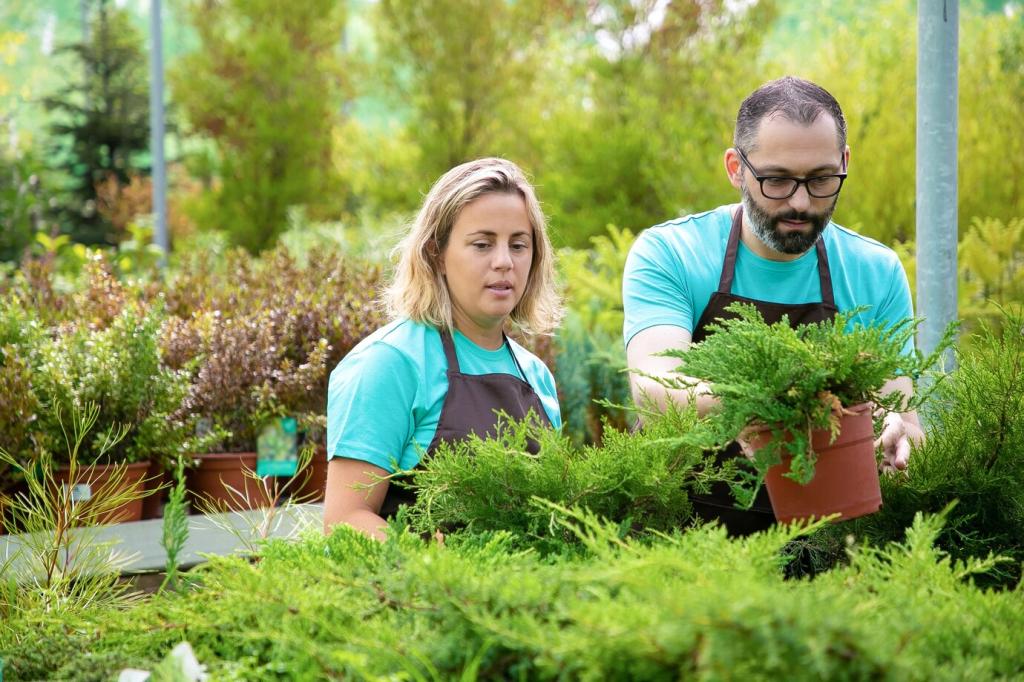Diagnose and Improve Your Soil
Try the jar test for texture, the squeeze test for moisture, and an infiltration test for structure. Smell the soil; sweet, earthy scents signal microbial health. Record results through seasons. Comment with your findings, and we will suggest compost application tweaks matched to your soil’s bottlenecks.
Diagnose and Improve Your Soil
Look for pH, organic matter percentage, macronutrients, and cation exchange capacity. Compost can buffer pH and lift organic matter steadily. If phosphorus is high, apply leaf mold or yard-waste compost lightly. Unsure which lab to use? Ask below, and subscribe for our vetted list with regional recommendations.
Diagnose and Improve Your Soil
Apply one to two inches of finished compost on beds annually, then mulch to protect biology. Avoid raw, anaerobic materials near roots. Compost teas can help with foliar feeding, but use carefully for safety. Share your amendment schedule, and we will help refine timing for your climate and crop mix.
Diagnose and Improve Your Soil
Lorem ipsum dolor sit amet, consectetur adipiscing elit. Ut elit tellus, luctus nec ullamcorper mattis, pulvinar dapibus leo.







